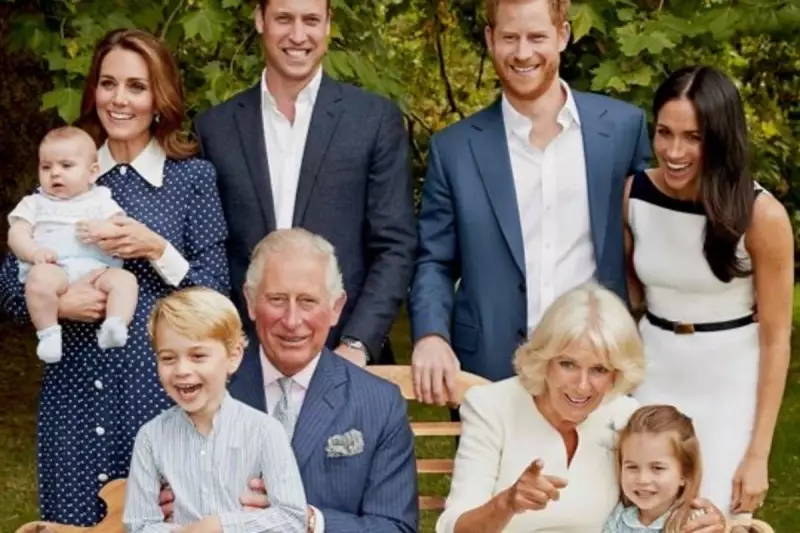
The British monarchy's line of succession has undergone its most significant reshuffle in decades following the passing of Queen Elizabeth II and the ascension of King Charles III to the throne.
The New Royal Hierarchy
With Charles now monarch, the direct line of succession has shifted dramatically. Prince William stands as the immediate heir to the throne, followed by his three children: Prince George, Princess Charlotte, and Prince Louis.
Perhaps the most notable change involves Prince Andrew, the King's younger brother, who has slipped further down the succession order. Despite remaining in the top fifteen, his position has been overtaken by several younger royals.
Who's Who in the New Succession Order
The current line of succession now places:
- 1. The Prince of Wales
- 2. Prince George of Wales
- 3. Princess Charlotte of Wales
- 4. Prince Louis of Wales
- 5. The Duke of Sussex
Prince Andrew now finds himself in eighth position, behind his younger brother Prince Edward and ahead of Princess Anne, who occupies ninth place.
The Impact of Modern Succession Rules
The 2013 Succession to the Crown Act has played a crucial role in reshaping the royal hierarchy. This landmark legislation ended the system of male primogeniture, meaning younger sons no longer leapfrog their elder sisters in the line of succession.
This change is particularly significant for Princess Charlotte, who maintains her position ahead of her younger brother Prince Louis, breaking centuries of tradition that would have seen the younger prince take precedence.
The monarchy continues to evolve under King Charles III, with the line of succession reflecting both modern values and the enduring structure of the British royal family.





